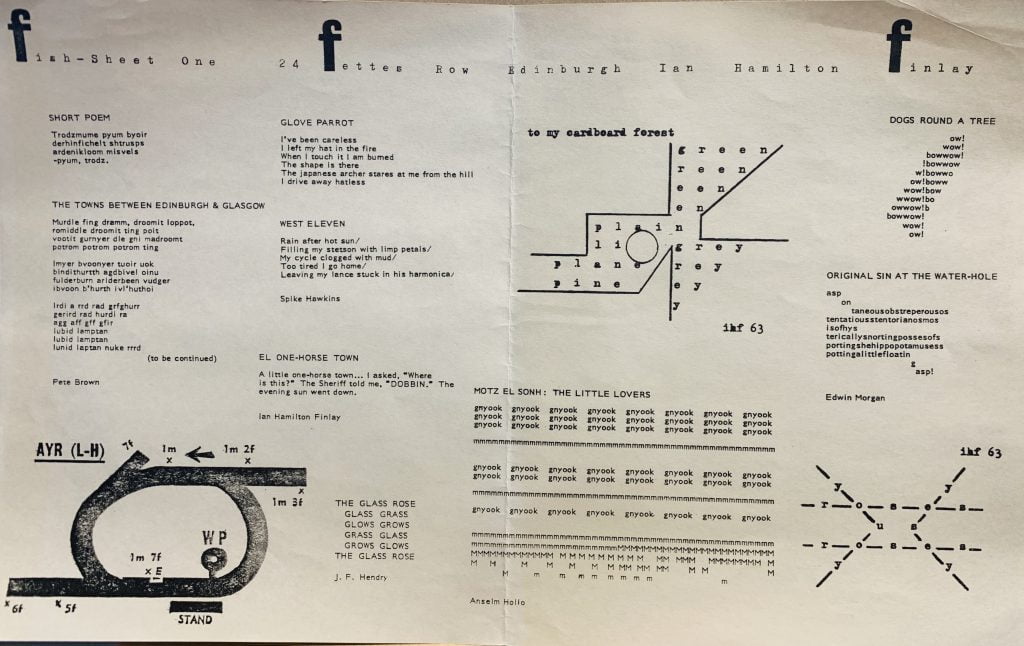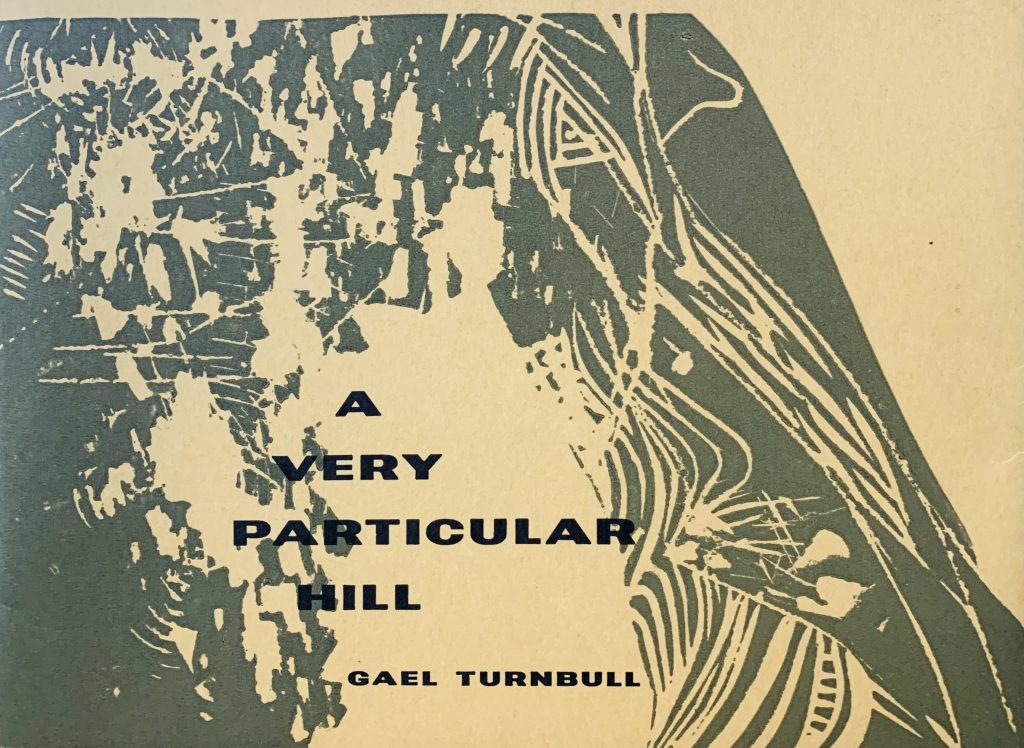MY FRIEND TREE. 1961. THE FIRST WILD HAWTHORN PRESS PUBLICATION.
Dunsyre: Wild Hawthorn Press, 1961
13 x 19cm, 40pp with dustjacket - inserted ins a 4pp introduction by Ed Dorn. The illustrations are by Waleter Miller. The first Wild Hawthorne Press publication - a notable collection of poems by Neidecker. One of only 250 copies printed. Murray 1.1.
The title poem is thus:
My friend tree
I sawed you down
but I must attend
an older friend
the sun












